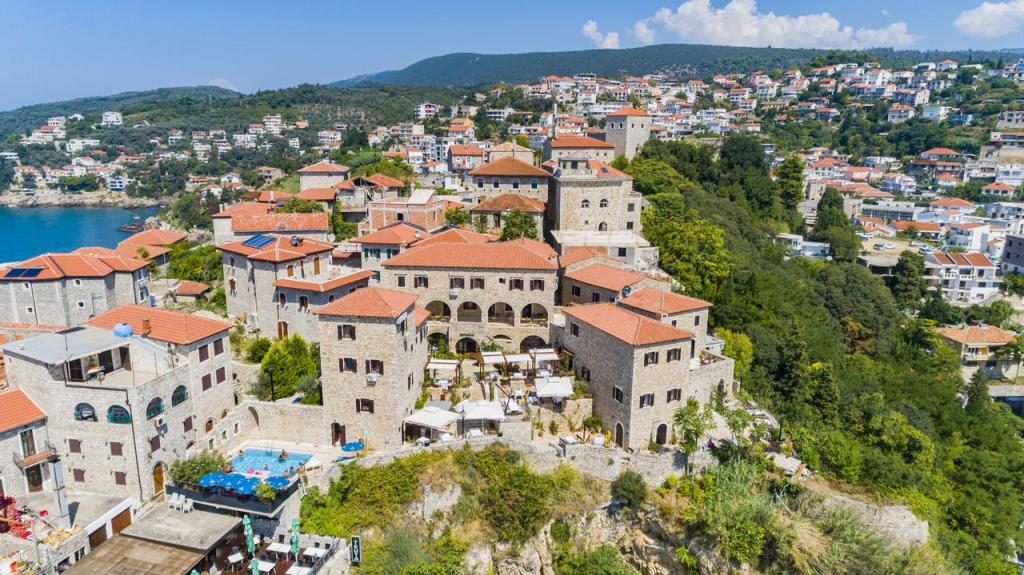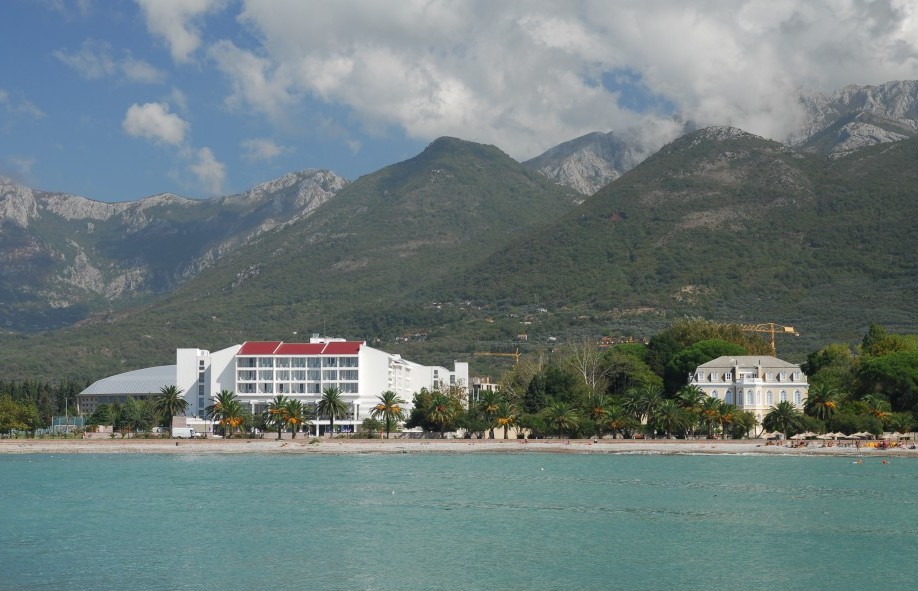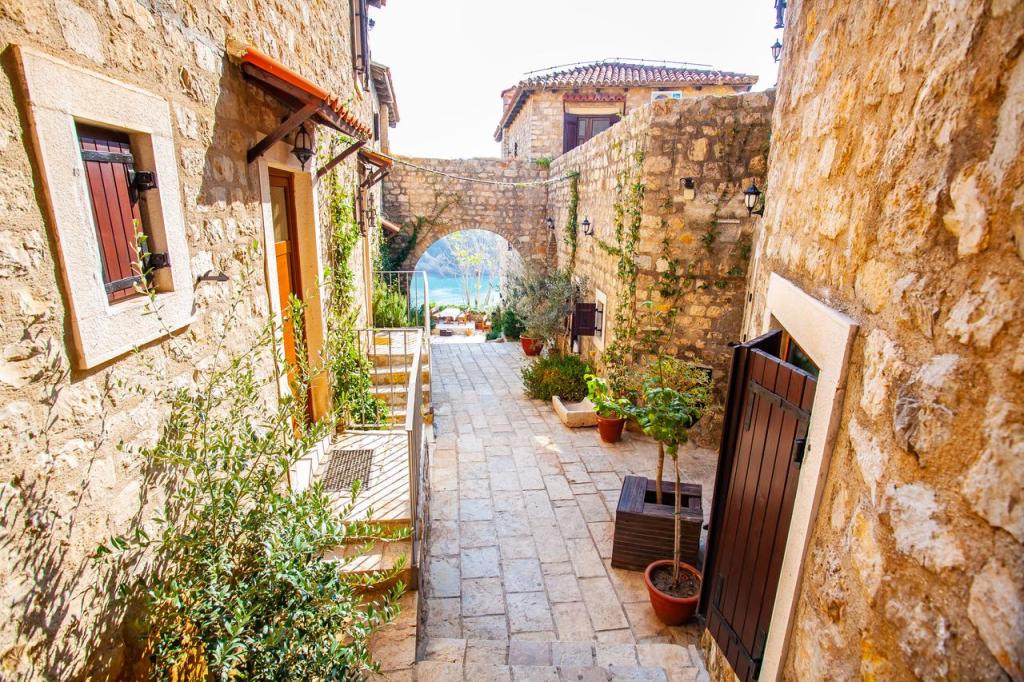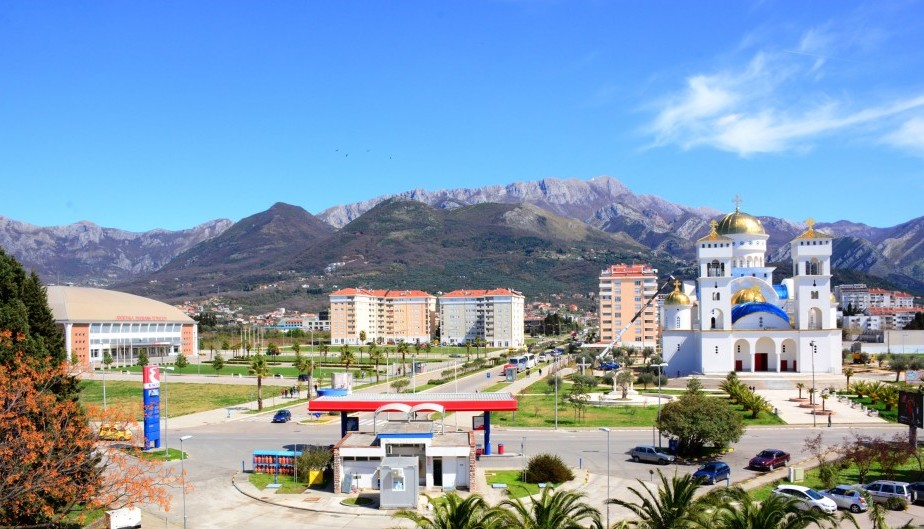Montenegro's Southern Coast
You are here: Home > Destinations > Montenegro > Montenegro's Southern Coast
About Montenegro's Southern Coast
Montenegro's most southerly region lies between the Adriatic coastline and Lake Skadar and blends, culturally at least, into Albania. Both Bar and Ulcinj offer good accommodation as a relaxing beach-side base for the wider area.
BAR
Modern Bar has developed around the port and rail terminus but in recent years there has been a bit of a revival in its historic heritage and infrastructure, for example, a museum in the summer residence of former Montenegrin king Nikola Petrovic is located right next to the Hotel Princess. The old centre of Bar has one of the oldest fortification settlements on the south-east coast of the Adriatic Sea; the old olive tree in Mirovica, at the bottom of this ancient town has existed for more than 2000 years and is claimed to be the oldest tree in Europe. The Old Town of Bar has several buildings of note to the visitor, these are the steam bath, the powder magazine and the Clock Tower which were built in the Ottoman era, we also recommend seeing the aqueduct which supplied Bar with drinking water. Within the wider Bar region there are many remnants of sacred buildings from the Middle Ages, namely St. Theodora's Church, the Church of St. Nicolas (part of the Archbishopric of Bar, 11th century), the Holy Tekla church (13th century), the fortress of Haj-Nehaj near Sutomore (15th century) and the Omerbašića mosque in old Bar (17th century).
The Old Town's position offers visitors the opportunity to see from the old ramparts walls a beautiful panorama of the green valley of Bar, the new part of the town, the port, open seas and the mountain of Rumija. A special attraction of the Old Town of Bar is its farmers' market (pjaca) where sellers dressed in traditional costumes of the region offer their customers local products such as citrus fruits, olives, olive oil, cheese and a variety of local handicrafts. During the summer it is possible to visit various exhibitions, concerts and theatre events. Bar is also the point from where you embark upon a scenic railway journey all the way to Belgrade or perhaps just a shorter trip within Montenegro, e.g. Kolasin.
ULCINJ
Ulcinj was founded by the Greeks as a sea port in the Classical period (5th century BC), its Cyclopean walls are still evident in the old citadel. Illyrians, Romans and the Byzantine empire all left their mark but today, being so close to its modern neighbour, Albania, Ulcinj is very much within the cultural sphere of Albanian Muslim life and welcomes visitors with traditional and enthusiastic hospitality. The town is easy to get around on foot and we recommend visiting the "green market", the Balsic Tower and museum complex in the old town (Stari Grad), the Pasha Mosque, Cathedral of Sv Nikola and the Mala Plaza (small beach) in the new town. The Old Town of Ulcinj hosted the famous Spanish writer Miguel de Cervantes (writer of the famous novel "Don Quixote") as a prisoner; since the city's name was Cita di Dolcinio, Cervantes named his hero's mistress Dulcinea after the city of Ulcinj; even today there is a square dedicated to him - Servantesov trg.
The Old Town of Ulcinj is a core of cultural and historical heritage; on the upper plateau of the fortress, next to the northern gate, there is a museum of the city that includes a building which has served as both a church and a mosque converted into a gallery. An ancient pedestal with a Greek inscription to the goddess Artemis is particularly noteworthy as well as an antique cameo with the image of the goddess Athena, two axes from the Bronze Age plus many artefacts from ancient churches and the Turkish period. Behind the museum there is Kula Balšića (the Balšić's Tower) whose premises are used today by a gallery; in front of it there is a small square, once known as Trg robova (the Slave Square) which is enclosed by casemates (arches) of the fortress and in front there is a Turkish drinking fountain from 1749.
Many streets lead to the lower plateau of the fortress and in front of the southern entrance to the city is the foundation of 12th century Bogorodicna crkva (the Orthodox Church of the Holy Mother of God) which was later converted to the Catholic church of St. Marko; not far from there is a Turkish powder magazine from the eighteenth century and in the place where today's Palata Venecija (Palace of Venice) stands there were the remains of the building which was assumed to have been the seat of the governor of the city during the Venetian rule. Not far from Palata Venecija there is Dvori Balsica (The Balšićs' Castle), a large Venetian building.
We look forward to being of service.
Hotels to visit
Where to stay
Flexible Tailor-Made Holidays
- We believe passionately that no two holidays should be the same.
- With our flexible tailor-made holiday options you can travel at your own pace.
- Rediscover a city, a resort or an island in a weekend or longer.
- Take a small group tour or embark upon a more adventurous trip.
Trusted Service
- ATOL cover for flight inclusive holidays.
- One of us at Rediscover the World is very likely to have visited the hotels and travelled along the routes on your itinerary.
- Dynamic, comprehensive travel app with all your documents, maps and much more.
- Full financial protection for your holiday (TTA).
Why book Montenegro with us ?
- More than 30 years experience of the region
- Unrivalled expertise of local partner
- Fly-drive holidays in Montenegro & neighbours
- Activity holidays
- Food-themed breaks
- Honeymoons
- 24hr assistance in Montenegro
.JPG)
.jpg)

.jpg)
.jpg)
.jpg)


.jpg)
